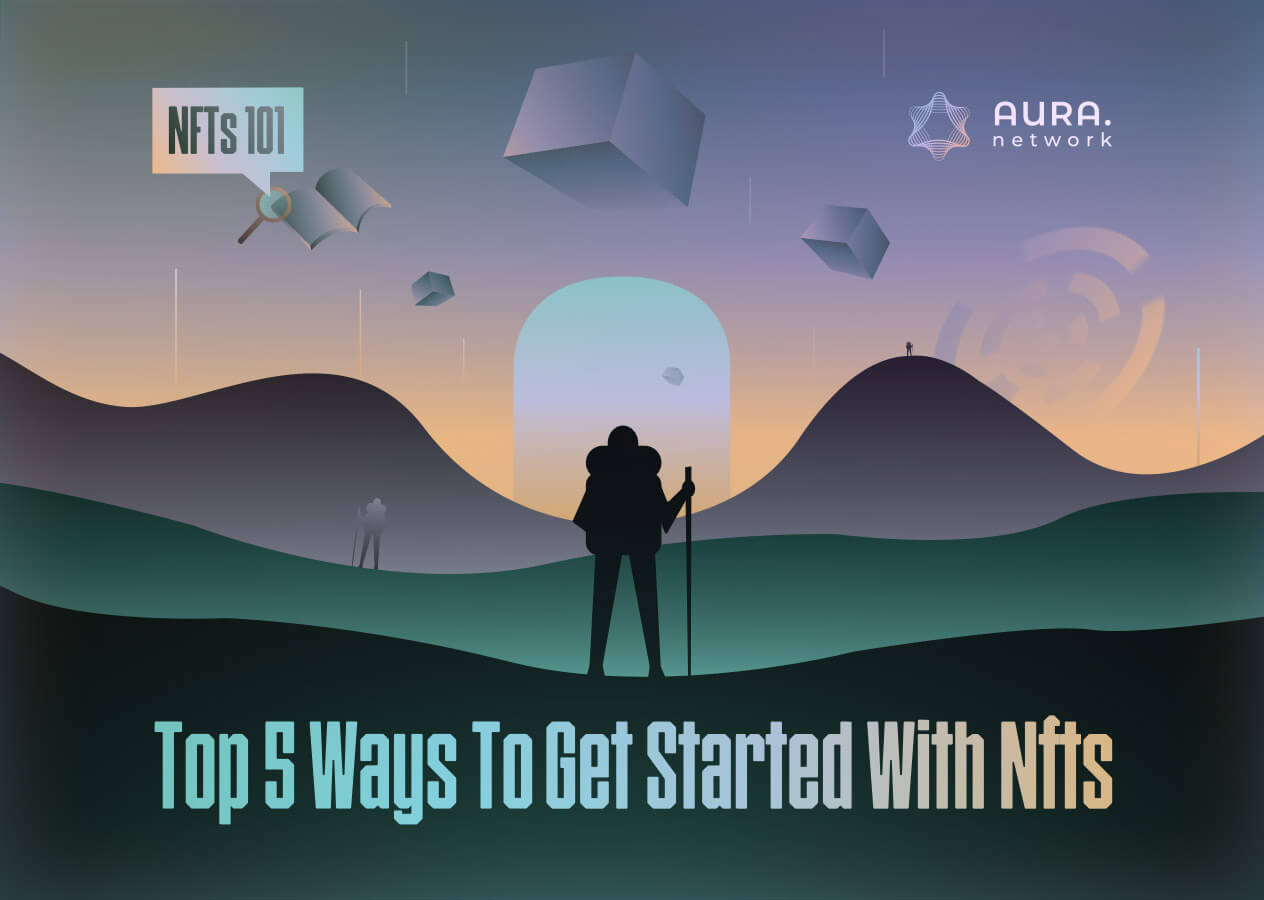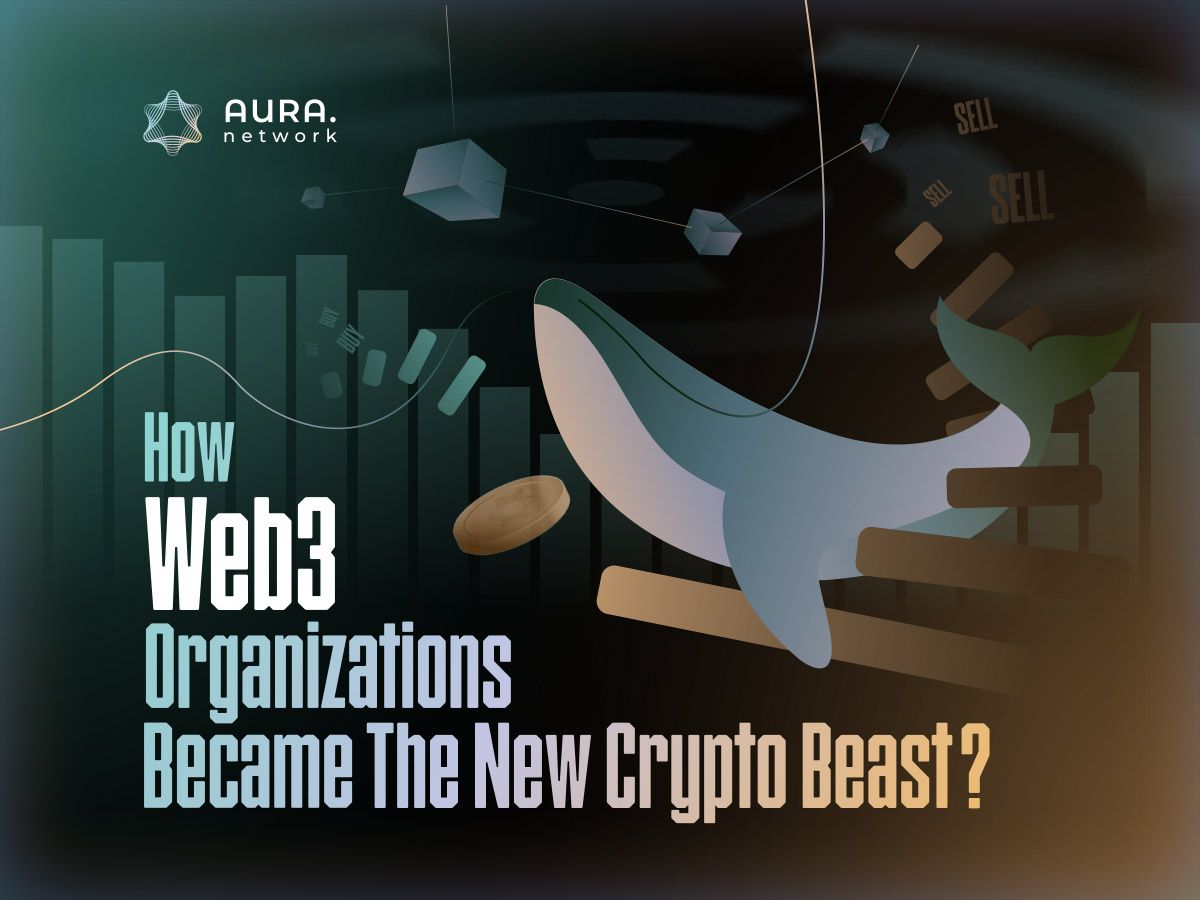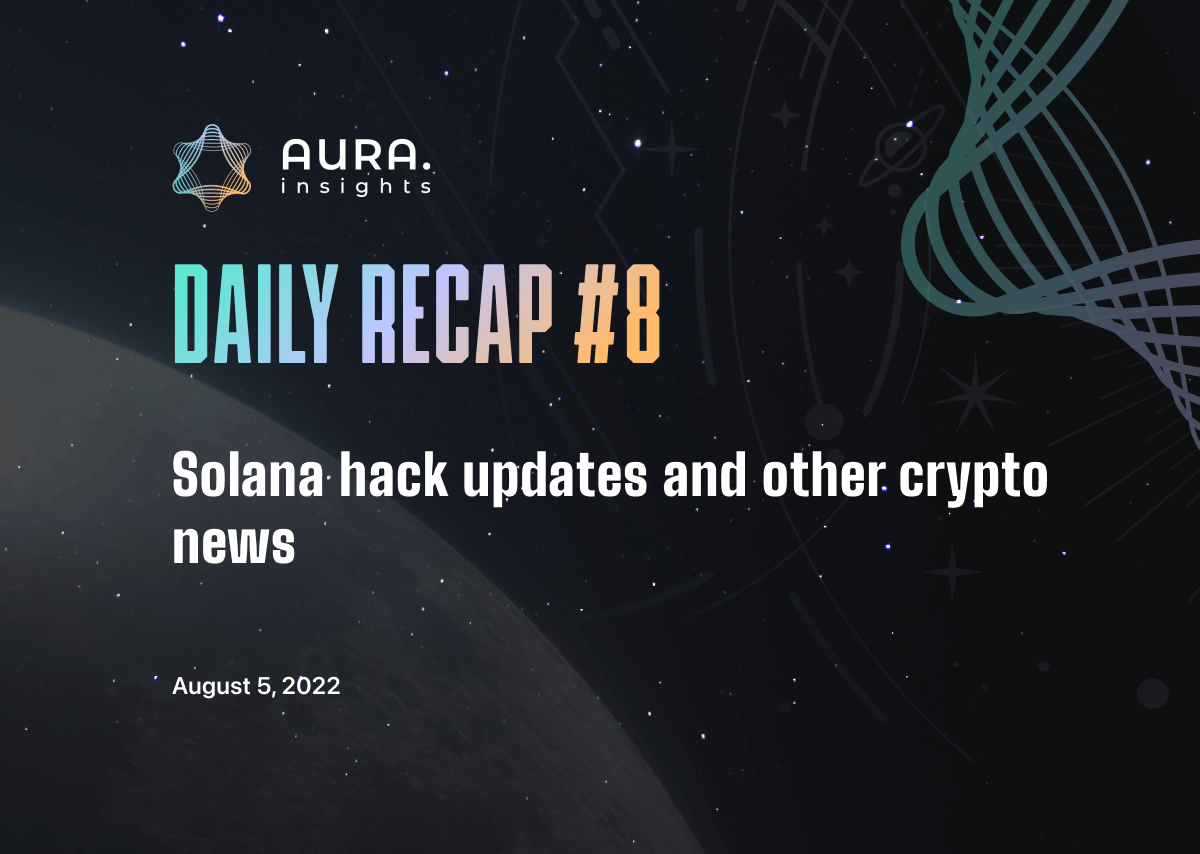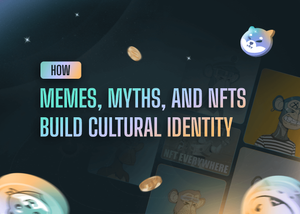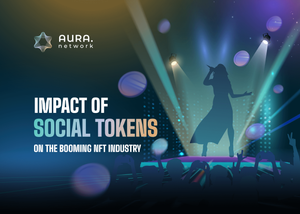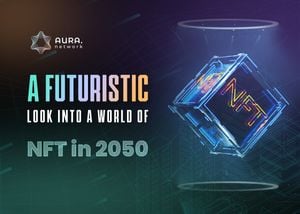From being used as profile pictures on Twitter to sports brands like Nike creating new kicks as NFTs and getting used as index funds. NFTs are here to stay. So how do you get involved in a market currently valued at over $50 billion? Well, outlined in this article are ways how to get started in NFTs as a beginner creator or investor.
Find out what can be an NFT?
Art is the expression of the profoundest thoughts in the simplest way…Albert Einstein
As an NFT collector or creator, you have to decide what valuable NFT art means to you. For instance, NFTs are not limited to art alone; they can be used in identity, as in-game assets, collectibles and cover art from music to digital art. The recently held Coachella festival in Greater Palm Springs USA, utilized NFT tickets for its festival, illustrating its use case in Ticketing and identity. Also, NFTs now have extended functions in index funds and as rewards for providing liquidity on platforms like Uniswap. What this means is that NFT is not just restricted to art.
But, the most common expression of NFTs is digital artworks, songs, gifs, and videos. To date, the most expensive NFT ever sold is Beeple's “Everyday”, an artwork that cost a whopping $69 Million. So, when it comes to creating NFTs, the sky's the limit to your creativity. But as a collector, factors like utility play a role in your NFT choice as this is part of what drives value.
Choose your preferred blockchain
Blue-chip NFTs such as Bored Ape Yacht Club and Crypto punks are built on the Ethereum blockchain. Since Ethereum was the first major blockchain to offer non-fungible tokens as we know them today, they are kind of popular in the NFT industry. According to a report by blockchain analytic company, IntoTheBlock, about 80K NFTs are now on the Ethereum network. However, the downside to minting NFTs on Ethereum is the high gas fees. For instance, in May 2021, the price of gas fee skyrocketed to $70, making minting on the network an expensive venture. Aside from Ethereum, NFTs have extended their tentacles to other blockchains like Arbitrum, Solana, Binance smart chain (BSC), Terra, Avalanche, Polkadot, Tezos, Polygon etc. In addition, creators and platforms build NFT art markets and solutions across different networks to rival Ethereum. For instance, Degenerate Ape Academy, Solana's most valuable NFT collection, has a market valuation of about $503 million. So you have a vast choice of networks to select from when starting with NFTs.
What platform can I use to create NFTs?
As a creator, this is one question you want to answer carefully. If you aim to build a community around your NFT, you need a platform that affords you ease for community building, and an example is the Cosmos-based platform Aura Network. Since the NFT platform is siloed, you want a marketplace that enables ease of transaction across chains and offers lower transaction costs. So, for creators and builders, your chosen platform should fit into the scale of interoperability, ease of use and security. On the other hand, beginners looking for platforms to mint and flip NFTs would want an easy-to-use platform with enough collections. Also, it is important to consider the amount of gas fees you'd be spending on each transaction and go for a blockchain network that is both secure and fast. Platforms like Opensea, Larva Labs, Rarible, Axie marketplace are some of the few marketplaces to explore.
Choose how to buy
Once you have identified a promising NFT Network and project you'd like to be involved with; the next is to select how you want to buy. There are three ways to get an NFT:
- Mint an NFT when it drops.
- Airdrops
- Buy an NFT on a secondary marketplace.
Minting: Like DeFi projects, NFTs have something akin to a pre-sale phase. This means that you can buy the NFT at low costs as most NFT projects release their collections at super low prices giving you maximum margin for profit. However, it is tough to mint quality NFTs because of high demand and limited supply. Hence, you have to get on a whitelist that gives you access to minting when the collection goes live. For instance, cryptocurrency wallet service provider Coinbase users joined a whitelist for its NFTs months before it was released. You may have to join the Discord channel of some projects to learn about eligibility criteria for the minting and the date and time the NFT collection will go live. After minting the NFT, you can now put it up for sale on Opensea or any other marketplace.
Airdrop: some projects give their community members free NFTs for carrying out basic tasks in the community. For instance, blue-chip NFT, Crypto Punk, was given to its community members. Today, one crypto punk sells around 60 to 100 Eth. Some project airdrops may ask you to pay a token for minting, while others are free.
Buying on secondary markets: If you’re late to the show and don’t get a chance to mint. Don’t worry; you can still buy the NFT of your choice from a secondary market. Let’s take OpenSea as an example. Here's what to do once you're on the website:
Carry out a background research
One of the most common phrases in the crypto industry is "Do your own research" (DYOR). You must take a critical look at a project before investing in it. Here are some factors to look out for:
Utility: You need to determine the additional perks and benefits the project offers to its buyers. You do not want to hold just a jpeg on the blockchain; you want utility on your investment. For example, Bored Ape Yacht club BAYC) gives its users additional pet dog companions for their Apes. In addition, members of the BAYC have special access to a community, merches and other benefits open only to members.
Founding team: Ensure that the project team is credible and trustworthy. If you are a newbie, you may want to avoid projects with anonymous founders and team members unless you have checked out their track record. You can confirm the integrity of anonymous founders through Zachxbt as he reveals fraudulent projects in the blockchain industry.
Community: NFTs are community-centric projects, and having an active community can help boost the value of your NFT. For instance, most NFT holders now use them as PFPs, a way of identifying with a community and spiking the interest of potential buyers. You can follow the project of your choice on Twitter, Clubhouse, Reddit, Telegram, and Discord to gauge its popularity and engagement.
Concluding thoughts
You may not become an NFT Jedi overnight; it takes practice and patience. For instance, it took until 2021 for a Cryptopunk to take in $11Million at a Sotheby sale. NFTs can seem overly complicated at first, but it is not impossible to break into the market yourself. All it takes is research, diligence, and creativity. Another way of breaking into the NFT market is to utilise centralised exchanges such as Binance, Kraken and the likes. Coinbase recently launched its NFT market, and it offers simplicity for buyers. On the other hand, creators can use platforms like Aura network to build community-based social tokens while facilitating interoperable NFT use cases amongst creators.



